Finding the Inverse of a Function Foldable
This finding the inverse of a function foldable was inspired by @druinok’s post from February
Last year, my Algebra 2 students really struggled with the concept of an inverse. So, this year, I decided to start talking about inverses very early in the school year. This will allow us to revisit the concept over and over as we explore different types of function in a much more in depth manner. By the time the EOI rolls around, my students should no longer be scared when they see the word inverse!
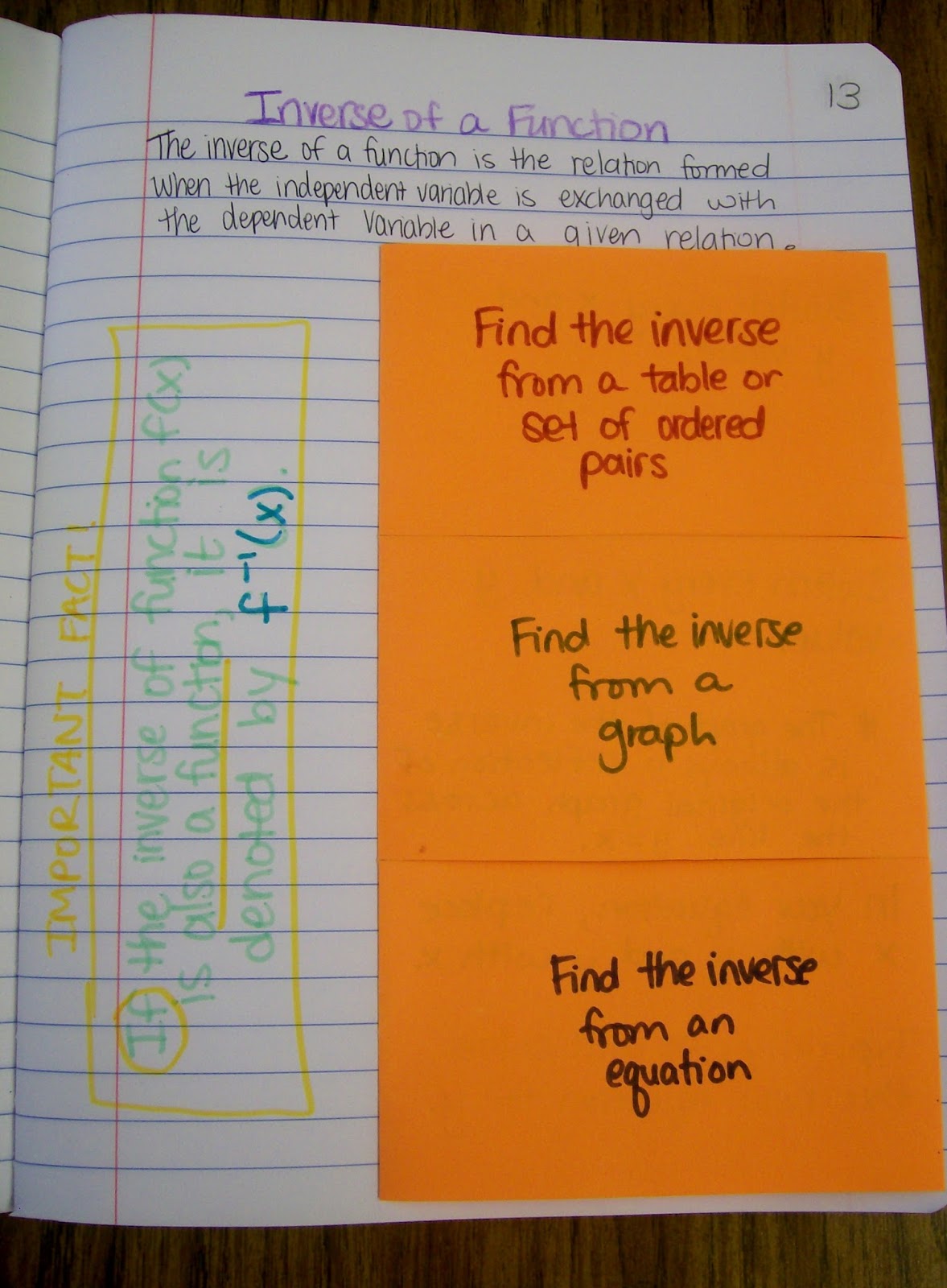
I want my students to be able to find the inverse if they are given a set of points, a graph, or an equation. Since we have only just started exploring functions in general, the examples we went through were quite simplistic. We will explore much more complicated inverses as the year progresses!
A lot of my students were terrified when I told them that we would be learning about inverses. By the end of the lesson, they were amazed that inverses were actually quite easy.
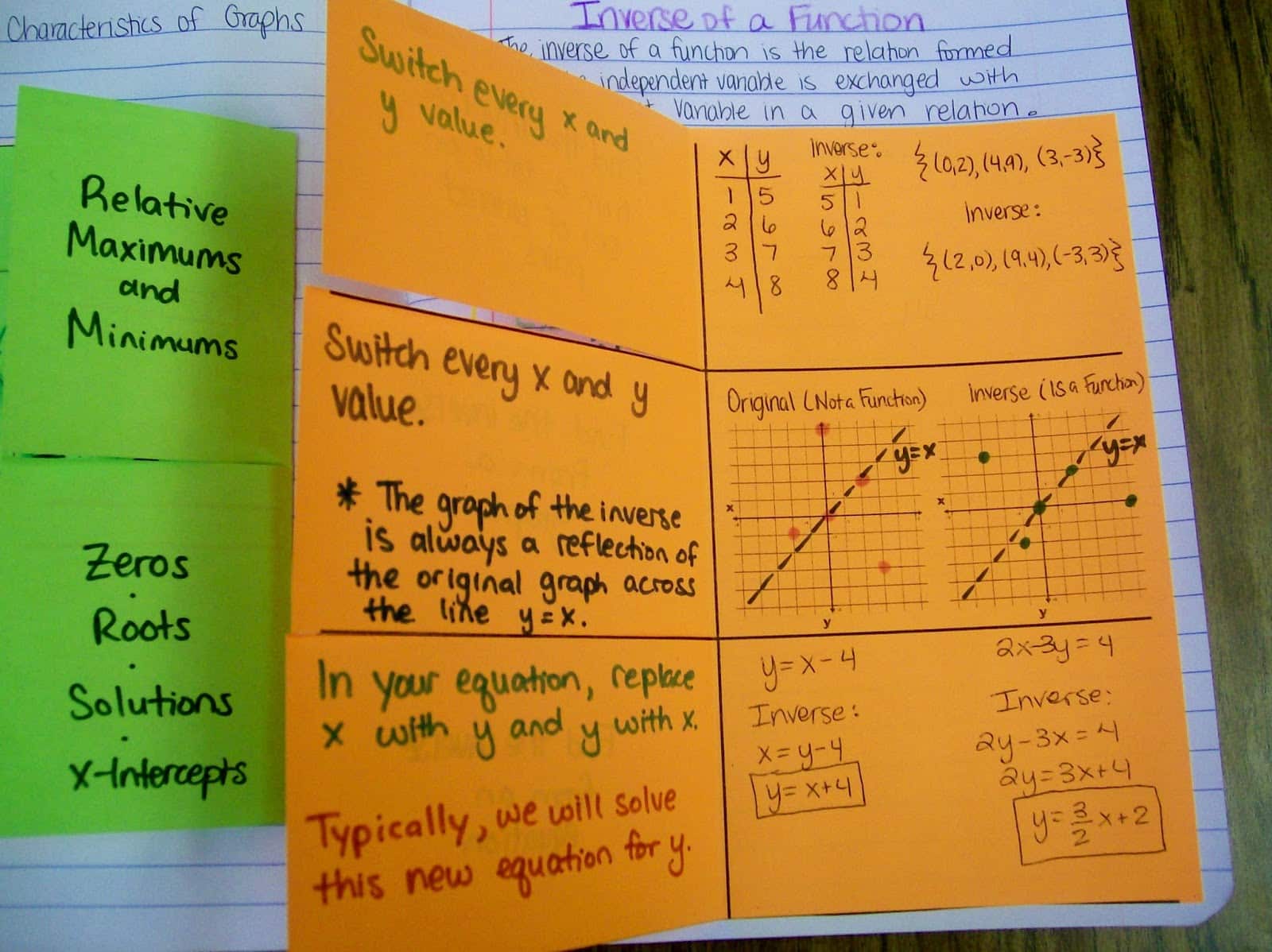
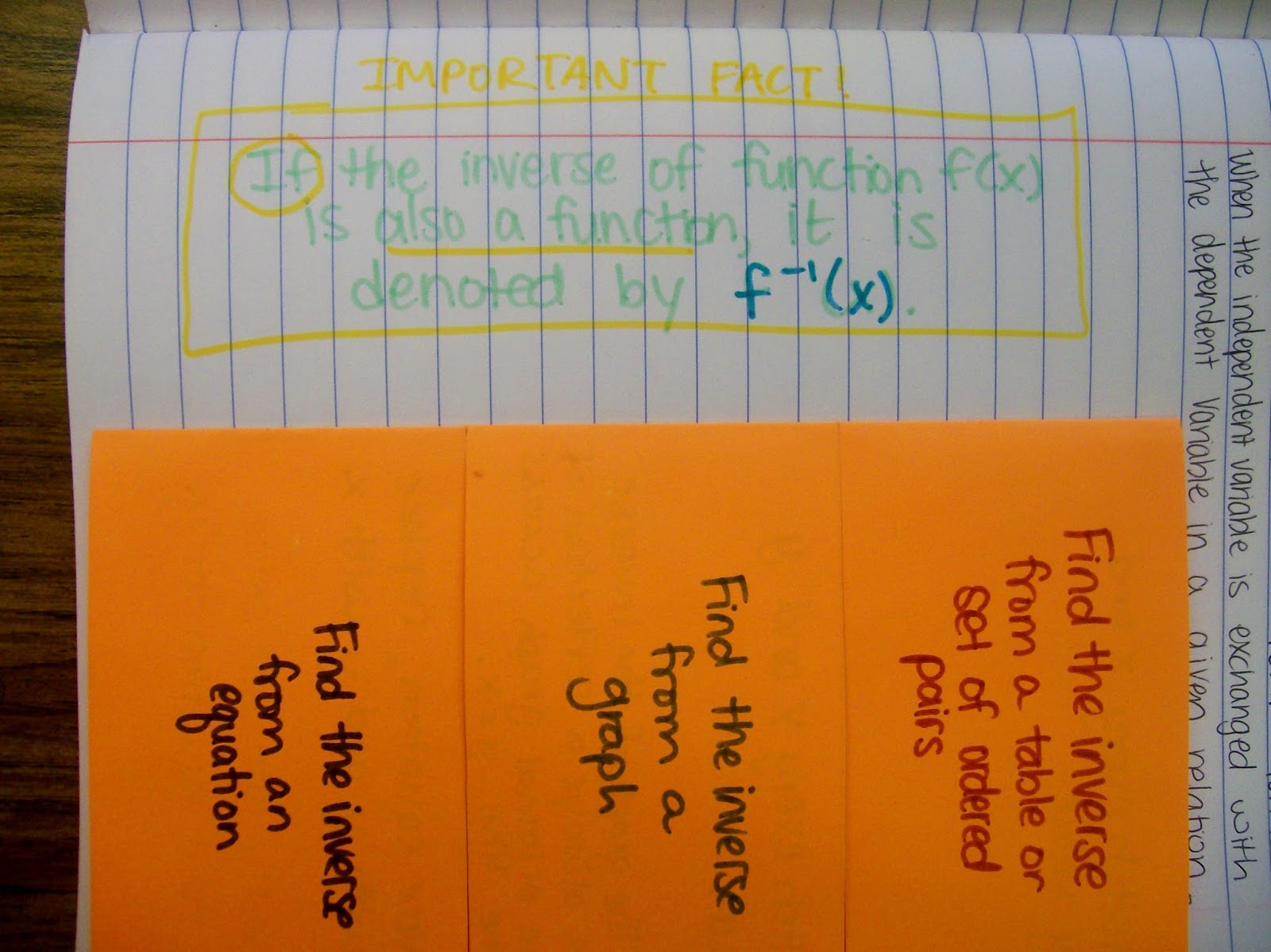
Files for Finding the Inverse of a Function Foldable
Click here to SAVE the file to your device.
Inverse Function Foldable (PDF)
3285 saves – 21.12 KB
Alternate Format
In subsequent years, I slightly switched the format of this inverse foldable.
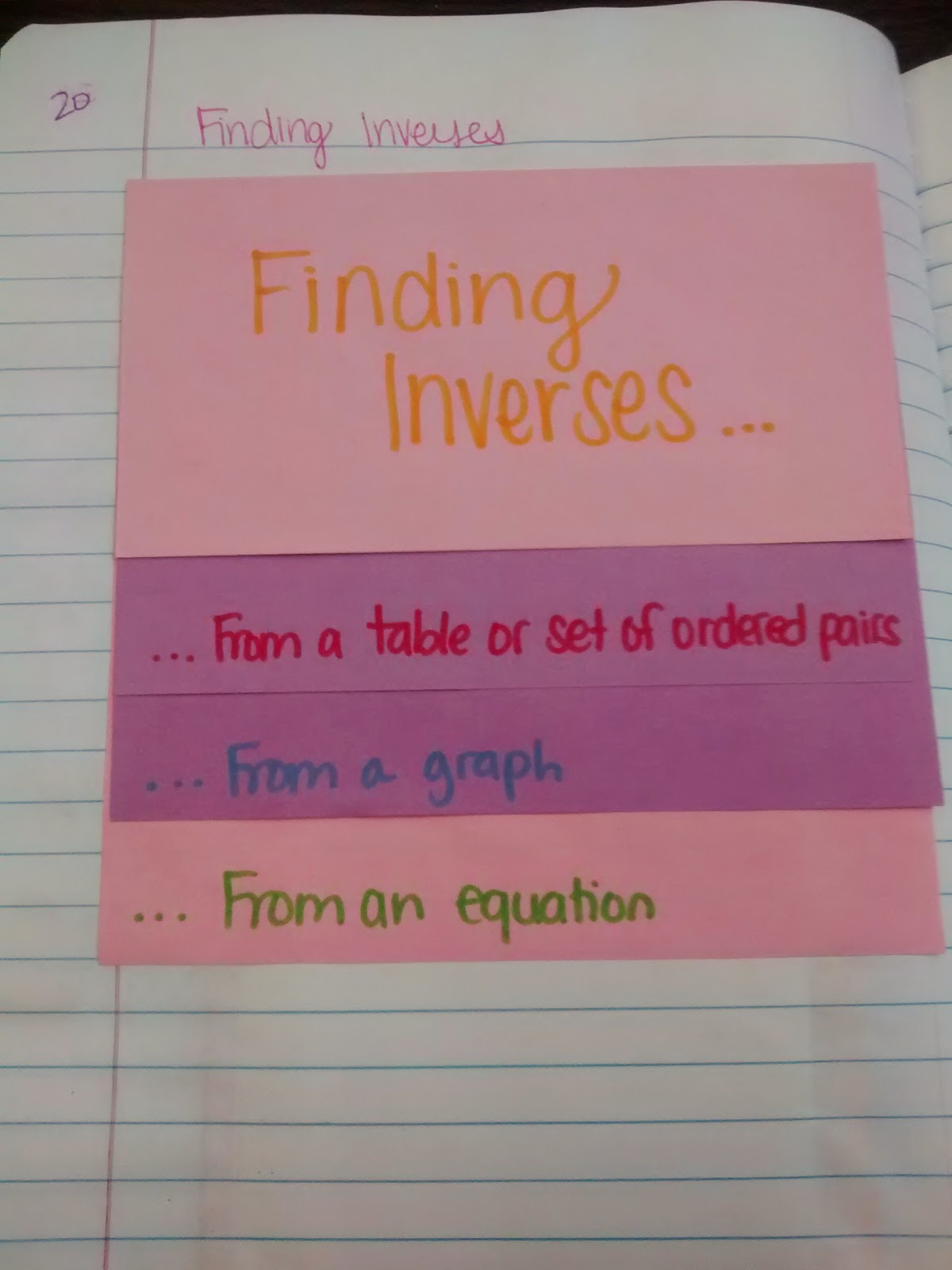
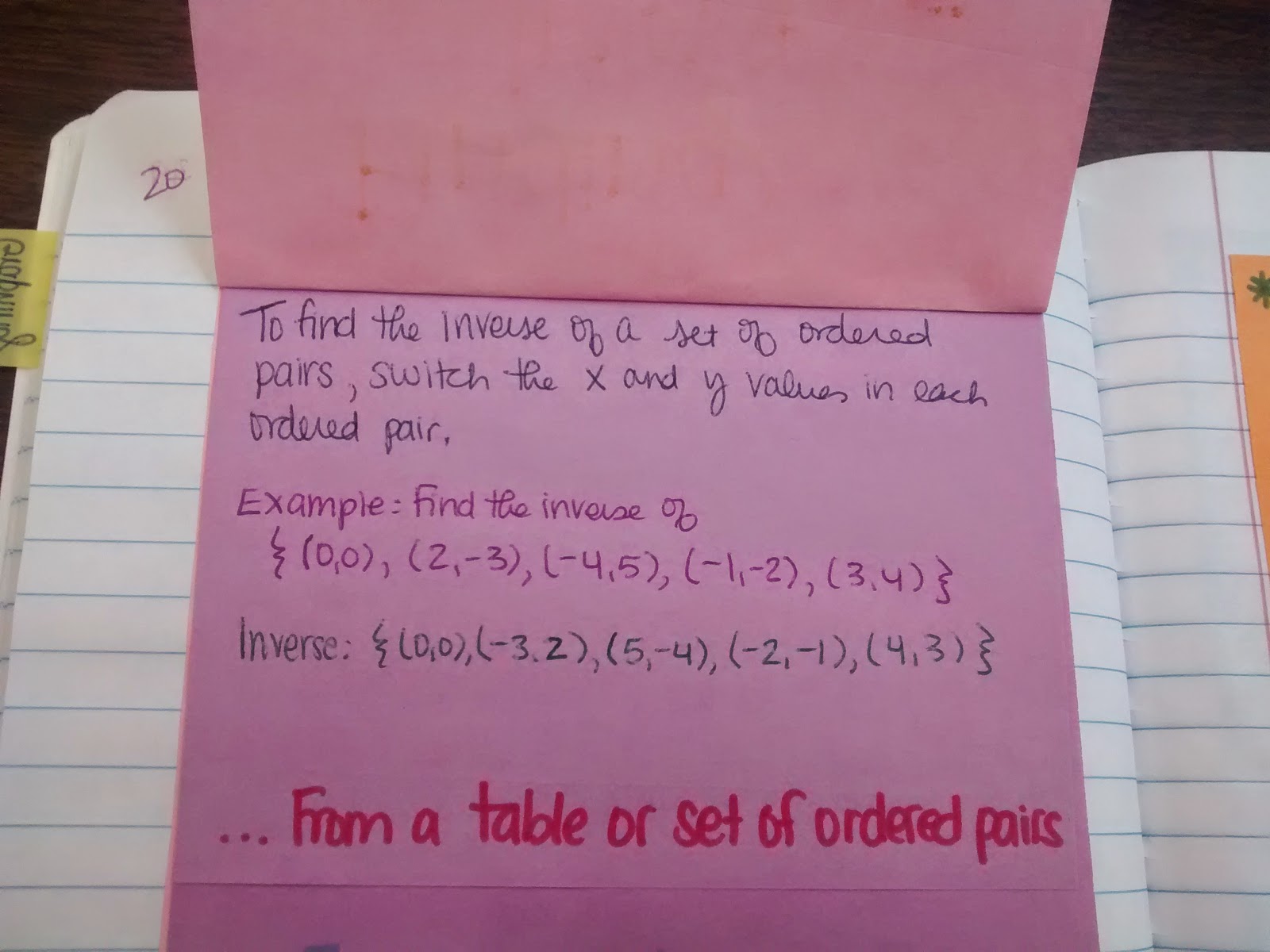
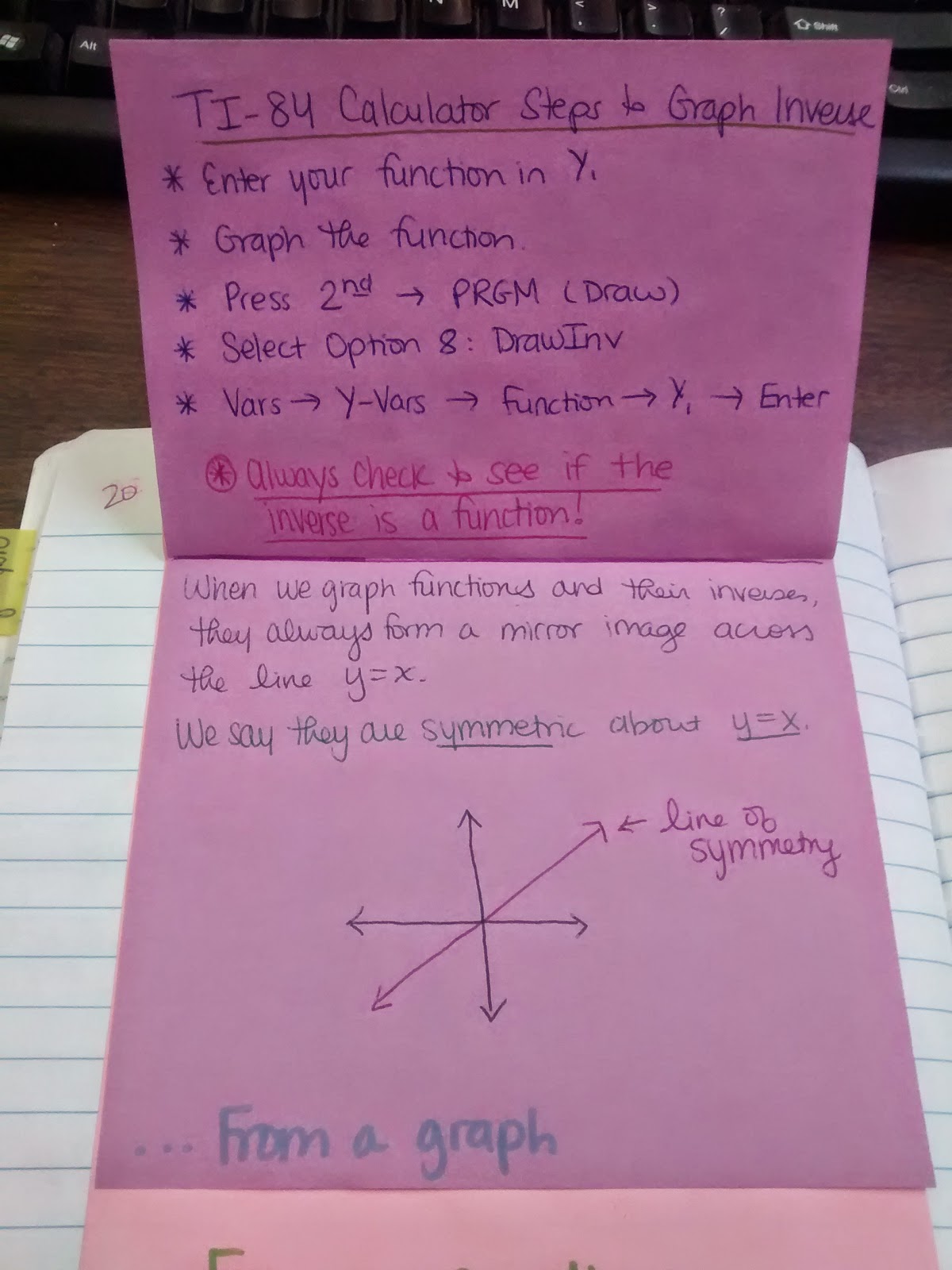
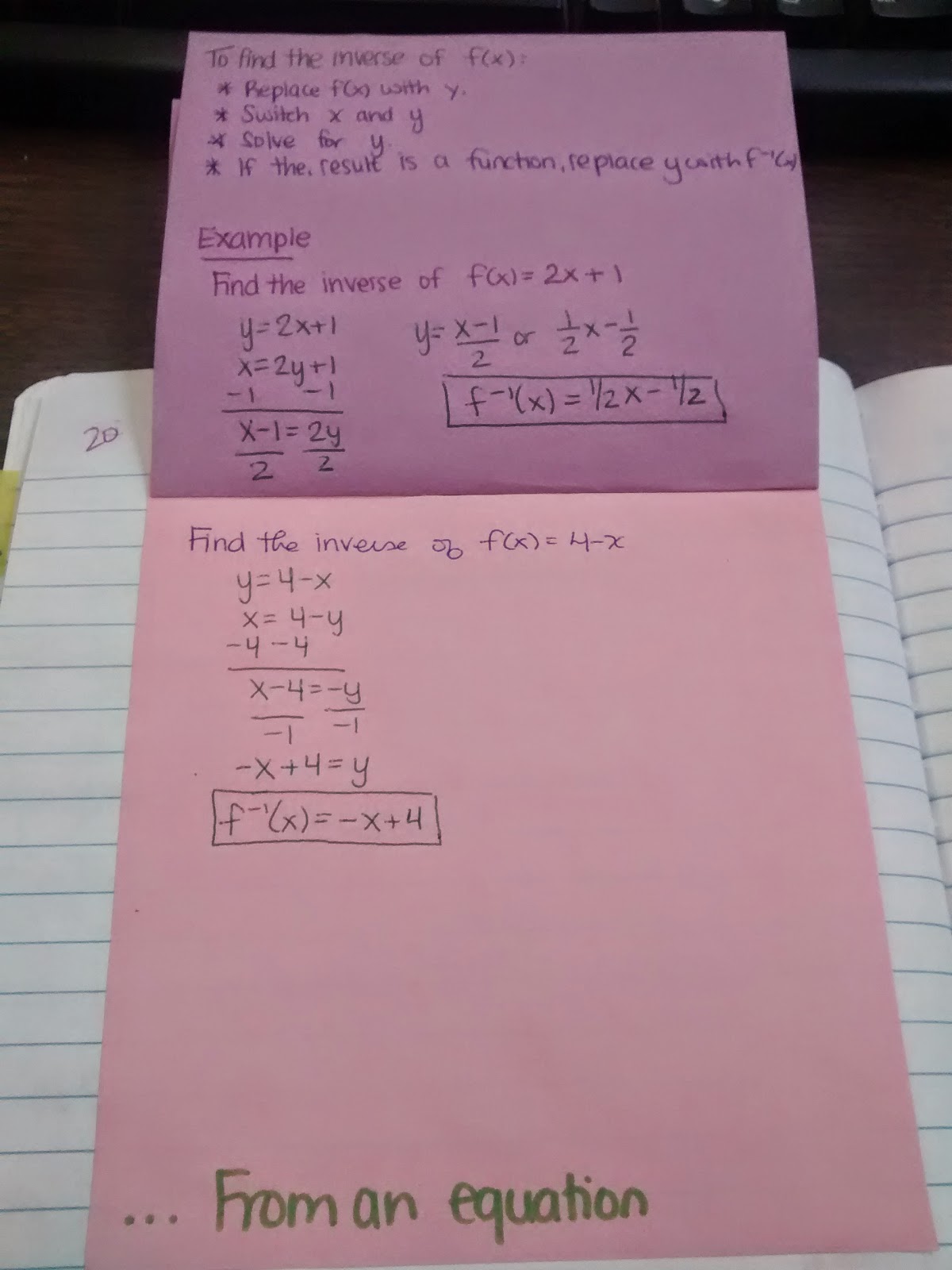

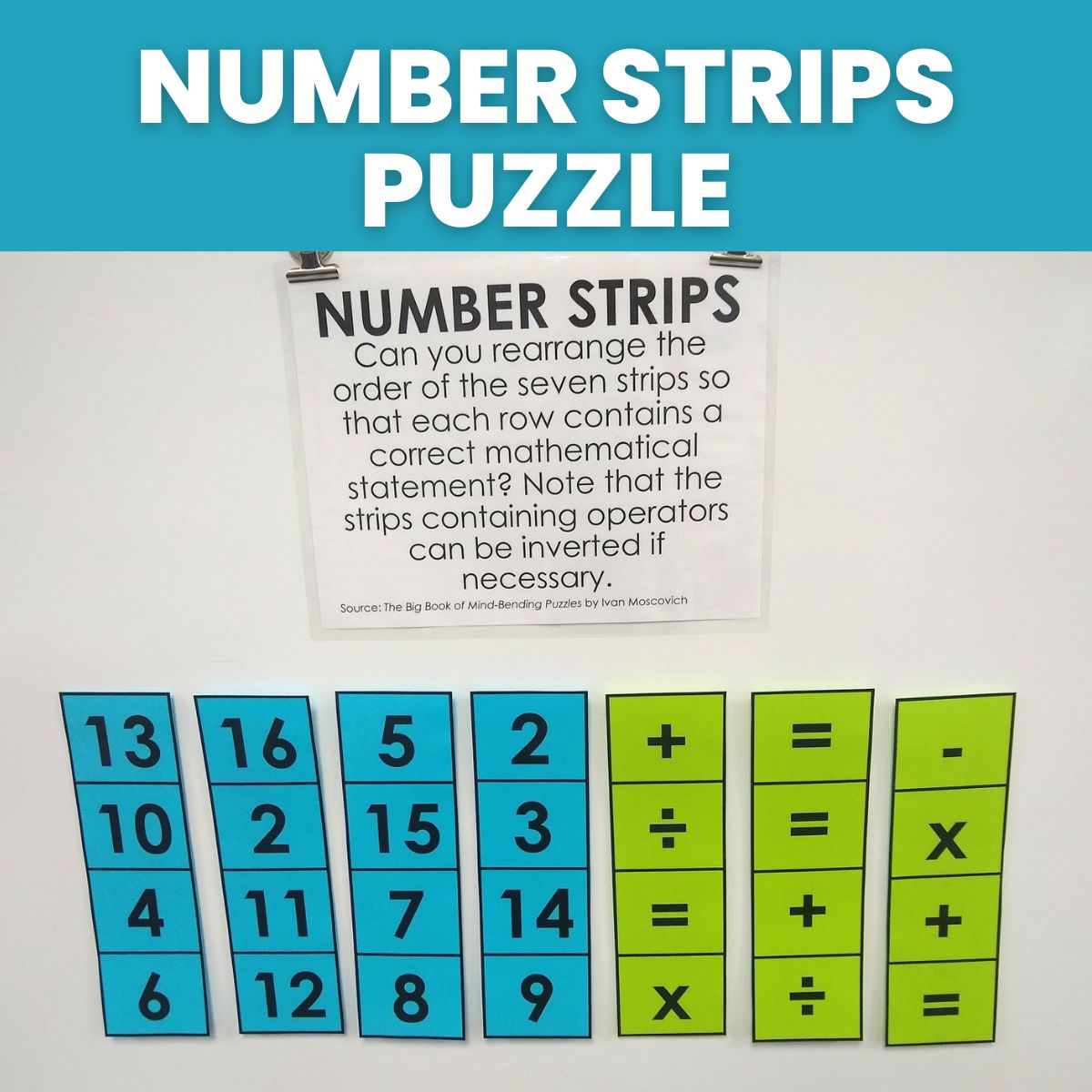
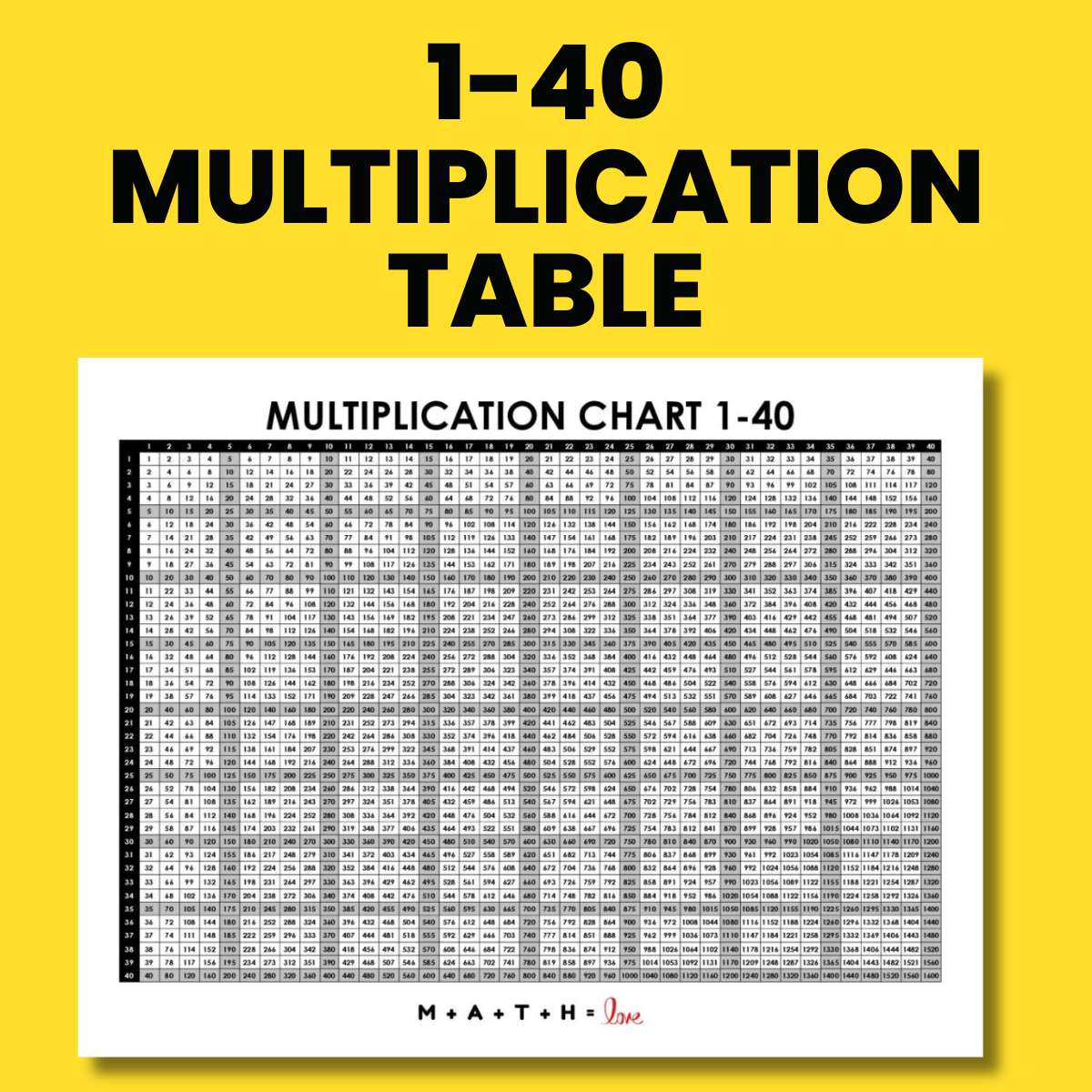
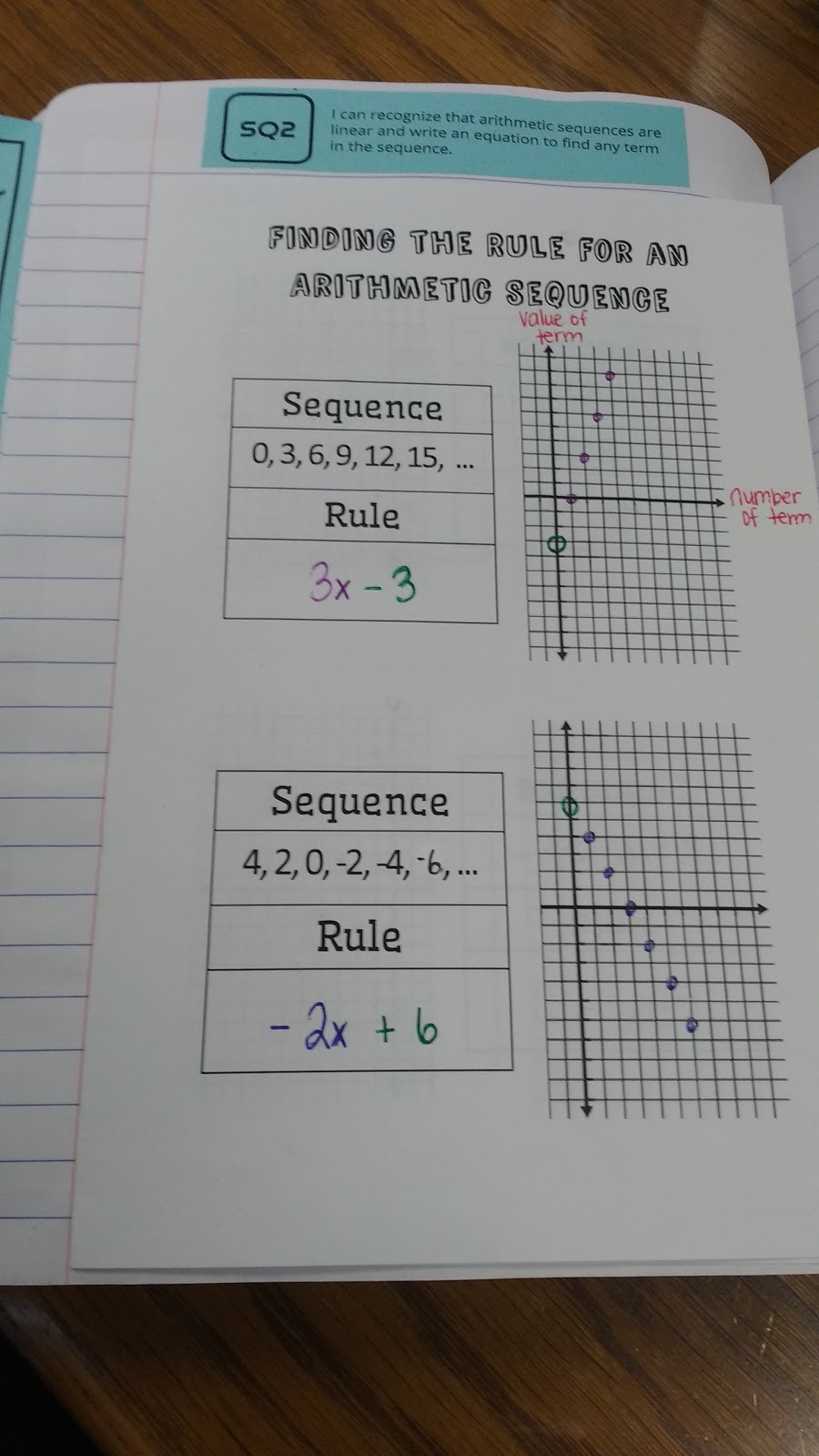
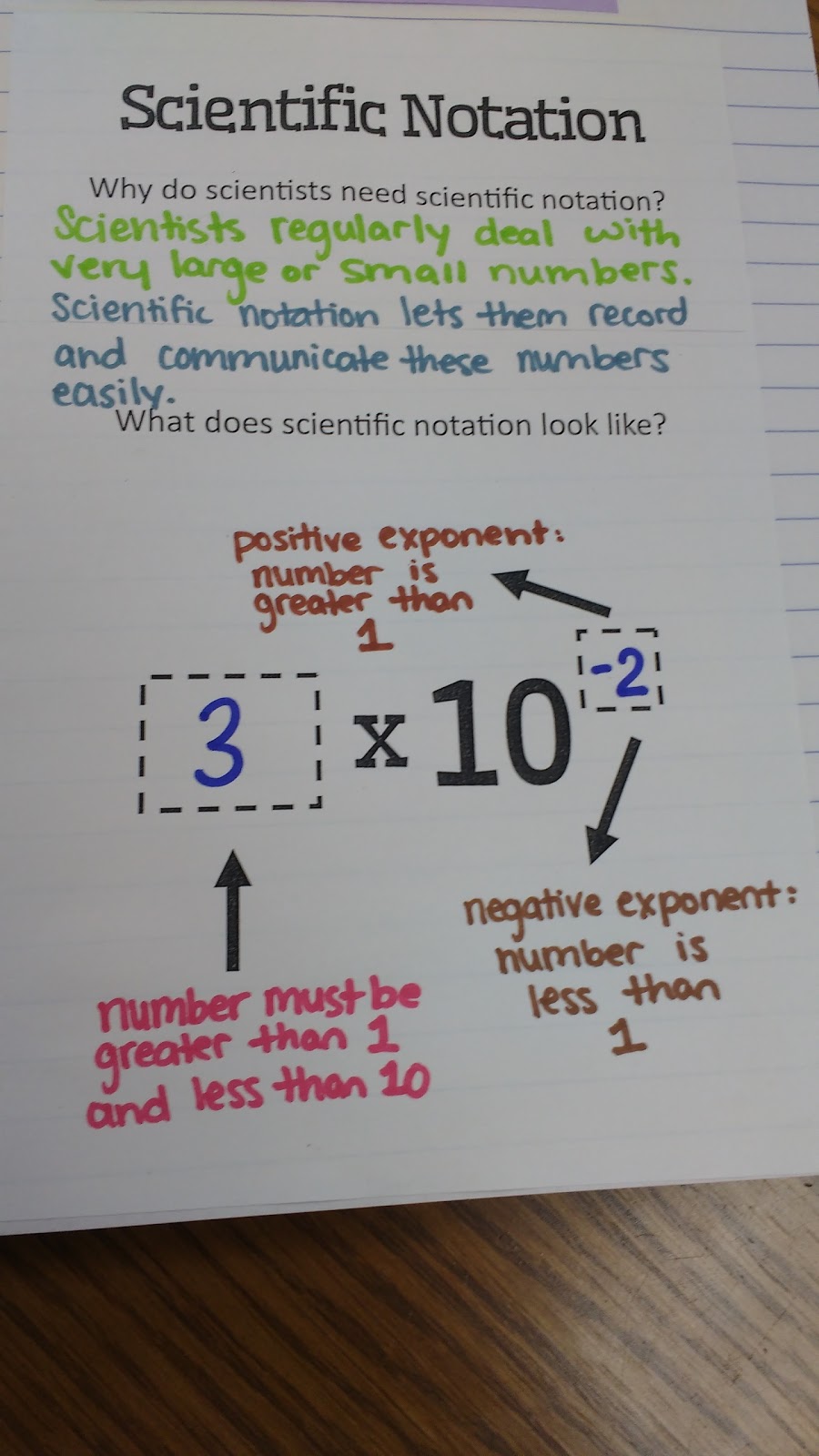
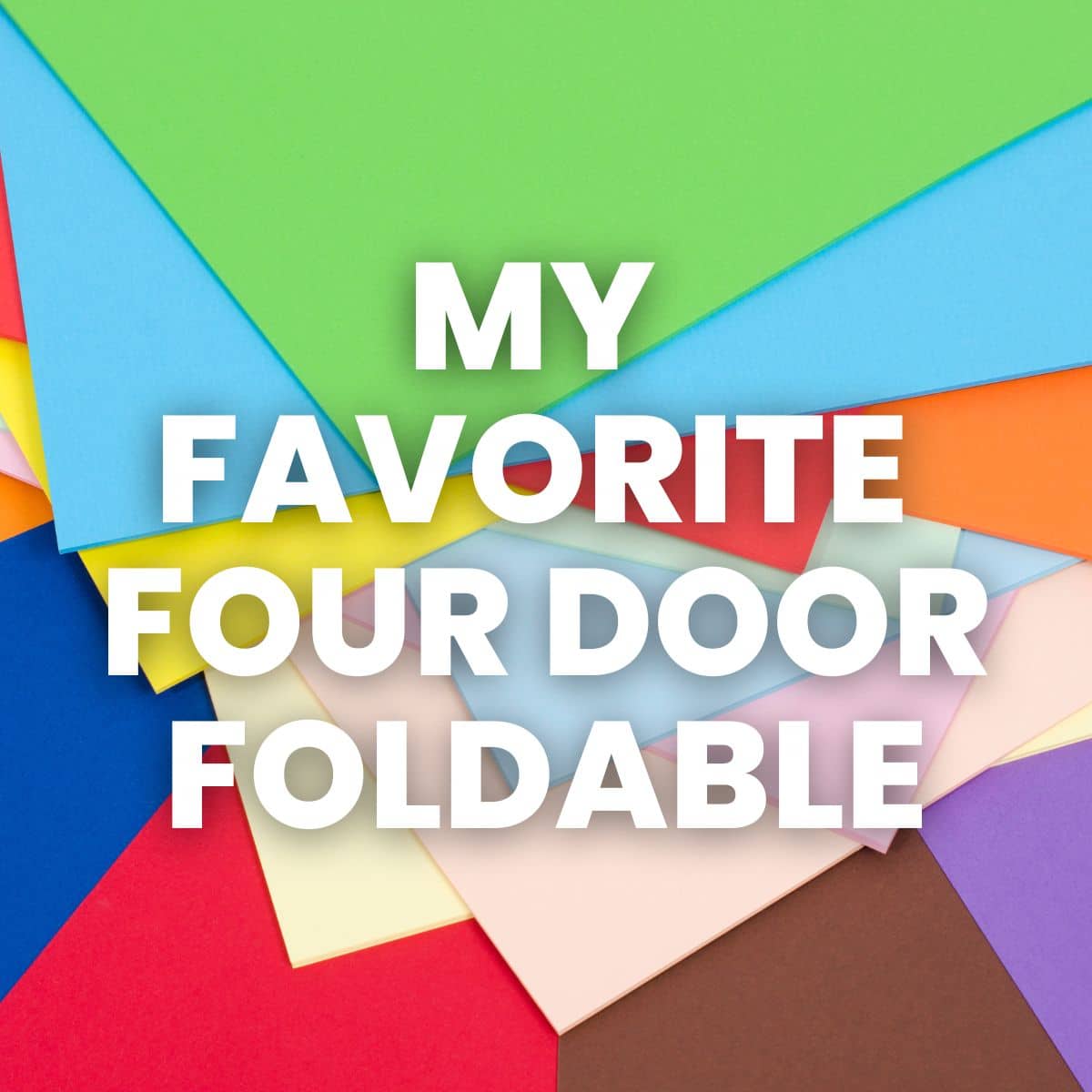
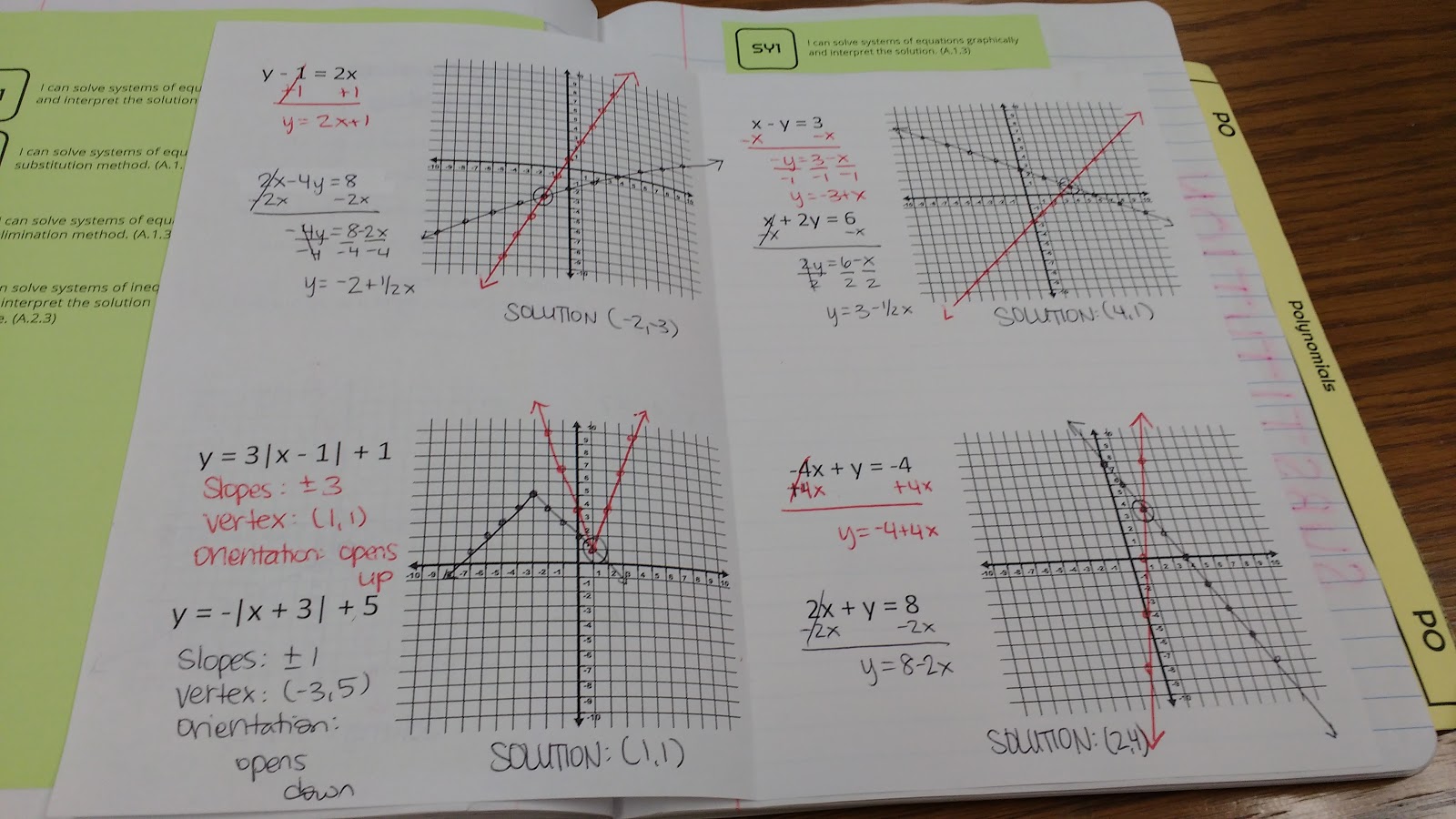
Sarah, your interactive notebook for unit 1 is amazing!! Thank you for sharing. I taught some of these same topics this first week – wish I had your insight on foldables!
Wow, wow, wow! That's an excellent collection of foldables. I love what you did with the domain and range foldable. I've had my kids use post-its before to mark off the lowest and highest values, but I love how the flaps show +/- infinity as well. My other favorite is the foldable that goes over all the characteristics of a graph. By the way, thanks for the shoutout on the envelope. Glad it could help!
Thanks for all the resources and links! I am a German, math, and physics teacher currently teaching just German. I'm trying INB ideas for German notes, and your blog is a great source of inspiration!
Sarah, you are crazy generous and your kids did crazy amounts of work. Congrats!
Amy
I just have to write to tell you how amazing you are for sharing all this, and to thank you from the bottom of my heart. You are an excellent resource, and I almost feel as though I'm "stealing" these ideas from you, but the fact of the matter is that I'm teaching five preps (Geometry, Algebra II, PreCalc, AP Calc, and Business Math), and I just don't have enough time to devote to planning each lesson that I would like. I've been dying to try interactive notebooks with my Alg II students, and thanks to your insight, I'll be able to do it, at least part-time, this year. Thank you again and again!
To answer your question– yes, there are math teacher who don't like math. I am one of them, LOL. I am a middle school special education teacher who is only teaching math this year, which is quite possibly my least favorite subject– though my kids can relate to the fact that I struggled with math during middle school. 😛
While many of these foldables are beyond what I will cover with my students, you have given me a lot of great ideas. I will definitely be consulting your blog as a resource!. 🙂
Santa Vaca! That was amazing! Its good to see how you set up your Unit 1 and what foldables you used to get concepts across.
I love, love, love your blog! I am new to Alg 2 and to interactive notebooks and you have such great ideas. I wish I would have remembered to come to your blog last week as it would have saved me some headaches. Out of curiosity, are you teaching from the Common Core State Standards?
Thank you! This year, I am not teaching directly to the Common Core State Standards. We have one year left of testing over our old standards, so I am teaching primarily to them. However, I attended an amazing Common Core training this summer, and I am trying to match my teaching to the CCSS whenever possible.
I absolutely love your blog! I have implemented an Interactive Notebook in all of my math classes this year and I love it so much. Your ideas, as well as many other bloggers, are so fantastic! I figured you might get a chuckle on some of the following student commentary this week:
-Ugh this class is like kindergarten.
-But kindergarten was fun!
-Stop complaining or Miss Nelson will take away the markers and crayons, guys!
-Miss Nelson, I'm glad you don't make math hard.
-Do we need markers AGAIN?
-I don't want to take a boring math class next trimester. Can you teach {insert other math class here} next time?
-I like coloring.
-I don't like coloring.
-When are we gonna be done with these foldy things?
-Why do we have to glue something EVERY day, Miss Nelson?
-Someone stole my notebook!!!
-Wait… I found it.
-This is weird.
-Can you cut this for me, Miss Nelson?
-Who wrote my name on my notebook?
Oh, the joys of interactive notebooks and math class. Thank you for providing me with an excellent resource for helping remedial students who are preparing to retake their state Algebra ECA in 2 months! Keep up the amazing work!
Thanks! I LOVE your students' comments. Your students sound a lot like mine! This week, I asked my students to draw a table in their interactive notebooks. I was looking for an x/y chart like the one I had already drawn on the Smart Board. As we started filling out the chart, one of my students became really confused. When I had asked my students to draw a table, she had taken this to mean a literal table… There is definitely never a dull moment when working with high school students!
I love your blog! There are so many great ideas. I am curious about how you go about making the foldables and visuals while lecturing. Do you lecture as you make them or make them first and talk about them second…or finally (haha) lecture then make the visuals to reinforce the concepts?
Hi Jill! I know this isn't exactly the answer you are looking for, but I do a combination of all the different ways you mentioned. Usually, I lecture as my students make them, but I've also done them both of the other ways. Sometimes, I even let my students vote on which way they would prefer me to do it.
If it's a topic that I believe my students might already be familiar with, I will probably lecture as we make the foldables. If it is a completely foreign topic to my students, we will usually make the foldable, talk about the material, and then reference the foldable as we work practice problems. This past week, I introduced my students to transformations of functions. We spent an entire class period exploring transformations with as little lecture as possible. Then, on the second day we created a foldable to summarize what we had discovered on the previous day.
Good luck!
I just want to say THANK YOU for your blog. It's been a few years since I took Algebra I & II in high school and now that I'm in college algebra it seems that I've forgotten much of what I learned. Your simple foldables (which I am a huge fan of) have put a lot of the ideas into an easy to understand format that just might help me get through this math class. THANK YOU again!
These are AH-MAY-ZING; you are reinforcing my teacher crush that started last year – thank you thank you!!
LOVE your coordinate plane foldable! I'll use that to review later in the year 🙂
I am going into a 6th grade unit dealing with coordinate plane. I like this foldable also. Thank for the idea!
Are you posting every unit like this? If so…I think I'm in love. =)
Really thinking about doing INBs next year in Algebra II but in a binder versus composition book. Thoughts?
Yes! If you click on the Algebra 2 tag on the right hand side of the screen, it should load all of my Algebra 2 INB units.
I've never used binders with my students, but I don't see why you couldn't do an INB in a binder. In fact, I see many benefits in that approach!
I have used binders and I have used composition books, and I like composition books because the pages don't rip out as easily, so they are less likely to loose important foldables, and less likely to borrow paper for it from another class. However, I like the pockets you can put in binders, so I have students use a cardstock copy of the formula sheet that is allowed on our state End of Course Test, and create a pocket folder on the inside front cover with it. They tape the bottom of the formula sheet to the inside cover, and the left side (the side closest to the outside edge, so things don't get lost) down, and then they have a pocket.
Ms. Hagan,
Thank you so much for sharing! Your foldables are amazing! Does one notebook lasts the whole year, or do the students have multiple notebooks? I started using an interactive notebook this year, but the students were throwing them away as they ran out of pages:(
Hi Elena! I only have students keep notes in their notebooks. So they last us quite a while. All assignments are done on worksheets. And, they are not stored in the notebook. I've never filled up more than half a composition notebook before.
Thanks for your sweet comment!
I just found your blog!!! You are absolutely amazing!!! I wish I had found this before I started teaching Algebra 2. Do you have any plans to show how you would organize other Algebra 2 units? I really floundered this year, and my students and I barely made it out with our heads still on! Thanks so much!!
Hi, Sarah, great job with this unit. I am planning to use your domain and range foldable this year in my Algebra 2 class. My students struggled with that all year long last year.
You mentioned you were wanting to find a way to teach transformations. I used a foldable at the beginning of the year emphasizing a, h, and k, and what they mean for a function, and we referred to it all year. At the end of the year, students were able to easily find and distinguish between the three variables that indicate transformation. Unfortunately, I don't have an electronic copy. It looked a bit like your y=mx+b foldable, with y=a(x-h)+k, and explanations under each part. I also had them indicate that there were different kinds of grouping symbols under the parentheses.
One of these days, I need to start blogging so I can share these things with everyone. You are a shining example of what's RIGHT in education these days–keep it up!
you're blog is amazing! i am going to try IN's with my Lab Algebra 2 class (this is the class with my inclusion teacher). I think the extra support might be necessary my first year! I'm so excited to utilize some of your great ideas!
also, just as an idea, but i always teach transformations as a graphing calculator activity. looking at the graphs of the equations and comparing it to what is changing in the equation. trying different types of transformations with different types of equations and letting them create "rules". these rules could then be transferred to a foldable to keep in their notebook.
Thanks! Good luck with trying interactive notebooks next year! I think your students are going to benefit SO much from them. My advice – spend lots of time modeling how the notebooks can be used as a reference. When you are thinking aloud as you do a problem, reference your notebook. Have your students turn to the page and read the definition. Read each step as you do it. The more students reference the notebook at your prompting, the more likely they will reference it when they are working on their own. My students LOVE, LOVE, LOVE the notebooks. Our special ed teacher loves them, too.
I like the idea of teaching transformations using the graphing calculator. I've done this at a workshop before. I think I will definitely try this out this year!
Love Love Love!!! Just sent this link to two other math teachers! Amazing!